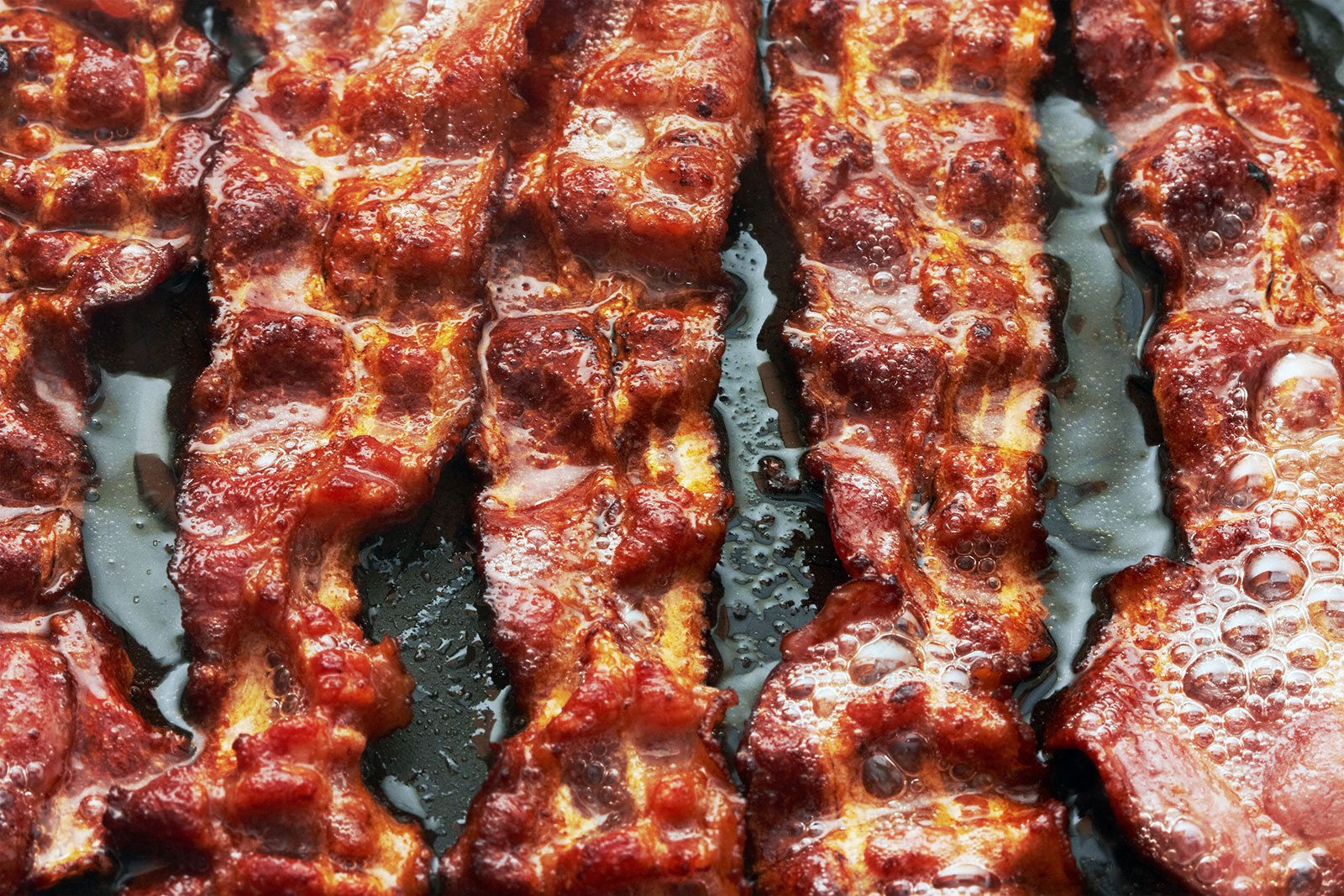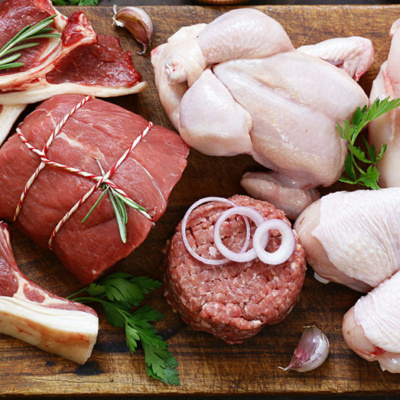Hawaii and Nevada have the most bacon-obsessed restaurant customers in the U.S., and Alaska has the least
That’s according to data released today by Dining Alliance, the nation’s largest group purchasing organization for restaurants. Dining Alliance helps more than 20,000 restaurants across the U.S. save money on all sorts of food items, including bacon. Dining Alliance analyzed orders for more than 1.7 million cases of bacon by its member restaurants in 2018. On a per capita basis, Hawaii was at the top of the list with per capita orders that were 154% higher than the national average. Alaska was at the bottom of the list with orders that were nearly 24% less than the national average. For every one piece of bacon ordered at restaurants in Alaska, diners in Hawaii ordered a whopping 54 pieces.
“Having Hawaii and Nevada at the top of the list makes sense when you think about the kind of dining that happens there,” said Christina Donahue, President of Dining Alliance. “Hawaii and Nevada are vacation destinations. When people are on vacation they go out to eat more often, and tend to splurge when they do. That means more extra sides of bacon at breakfast and more bacon on top of burgers at lunch and dinner. And of course, the grand buffet culture at Las Vegas casinos adds to the sheer pounds of bacon those operators go through.”
The state with the most restaurant bacon orders was Texas with more than 245,000 cases of bacon sold. But when calculated on a per capita basis, Texas ranks 8th among all 50 states.
A complete listing of the per capita restaurant bacon orders is below. In addition, Dining Alliance has created the below embeddable interactive infographic that shows the states with the most overall bacon purchases and the leaders per capita.
Bacon prices fluctuate throughout the year based on seasonality, import/export trends, global political issues, weather, and other factors. In 2018, the price of a case of bacon dropped 11.47% for Dining Alliance member. By utilizing Dining Alliance’s contracts, operators have the opportunity to stabilize their pricing, leading to better forecasting and recipe costing. Furthermore, by analyzing their purchasing data using the tools that Dining Alliance and their partners offer, operators may find opportunities to lock in contracts for items that guarantee more aggressive prices, or to ‘rationalize’ their items and eliminate duplicate orders within a single category
“Bacon is big business,” said Donahue. “It’s obviously a staple for any place that serves breakfast. For lunch and dinner, bacon becomes a premium add on to many dishes that can drive profitability.”
In addition to helping restaurants save money on their bacon purchases by pooling together their purchasing power, Dining Alliance also advises restaurants on the best kinds of bacon to buy depending on how they plan to serve it.
“We often see restaurants using the exact same kind of bacon when they serve it by itself for breakfast or as a topping on cheeseburgers,” Donahue said. “That’s not always the best way to go. Long, thin bacon looks great filling up a breakfast plate, but it may make more sense to use a shorter, thicker piece on top of a burger.”
States with the most restaurant bacon consumption per capita, 2018
- Hawaii 154.56% higher than the national average
- Nevada 145.03% higher than the national average
- Vermont 72.62% higher than the national average
- Oklahoma 70.44% higher than the national average
- Utah 47.82% higher
- Massachusetts 35.15% higher
- Arkansas 34.03% higher
- Texas 30.36% higher
- Wyoming 27.69% higher
- Washington, DC 16.82% higher
- Louisiana 15.28% higher
- Kansas 14.20% higher
- New Jersey 12.75% higher
- Missouri 12.45% higher
- Mississippi 8.33% higher
- Colorado 8.24% higher
- Pennsylvania 7.525 higher
- Georgia 7.11% higher
- Rhode Island 6.77% higher
- New Hampshire 3.59% higher
- New Mexico 1.96% higher
- Connecticut .36% higher
- Alabama .27% lower than the national average
- Delaware .34% lower than the national average
- Idaho .90% lower than the national average
- Tennessee 2.56% lower than the national average
- Iowa 2.70% lower
- Virginia 2.93% lower
- Maryland 2.97% lower
- Arizona 7.945 lower
- Illinois 9.90% lower
- South Dakota 10.10% lower
- Florida 12.64% lower
- South Carolina 14.08% lower
- Kentucky 14.36% lower
- North Dakota 14.75% lower
- Washington 15.10% lower
- Montana 16.48% lower
- Ohio 16.60% lower
- Oregon 16.65% lower
- North Carolina 17.10% lower
- New York 17.20% lower
- Indiana 17.30% lower
- California 17.40% lower
- Nebraska 17.82% lower
- West Virginia 18.14% lower
- Minnesota 18.27% lower
- Maine 19.66% lower
- Michigan 20.36% lower
- Wisconsin 20.61% lower
- Alaska 23.92% lower





